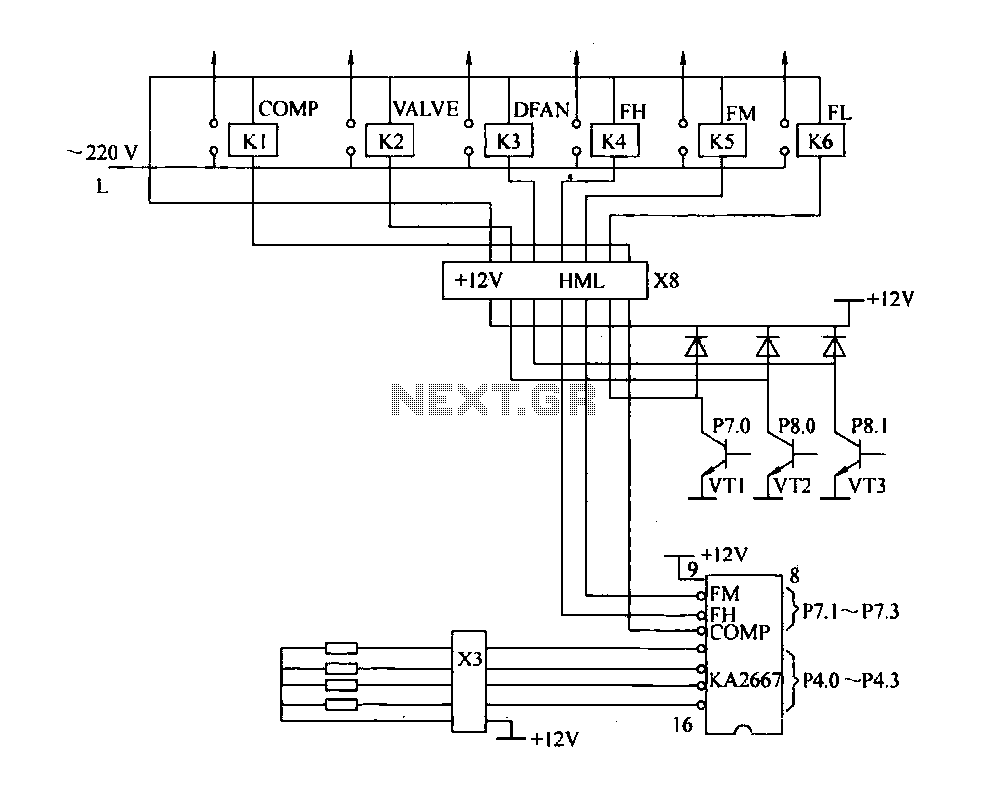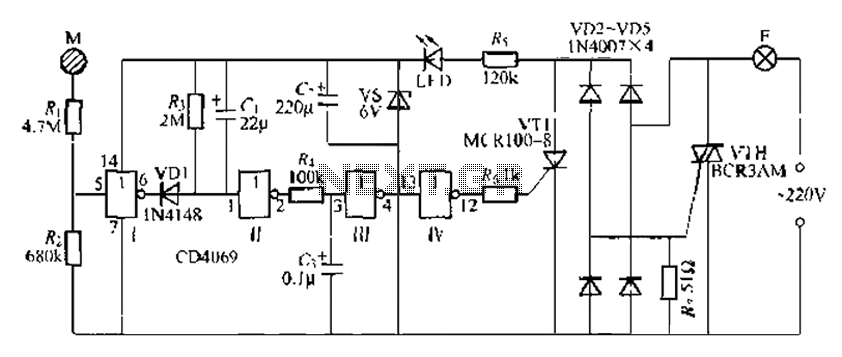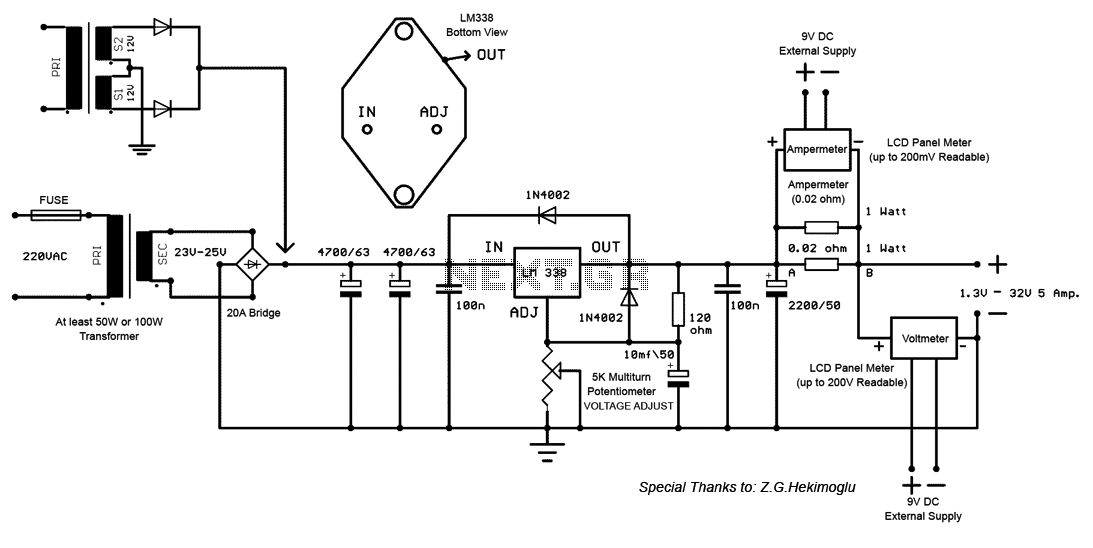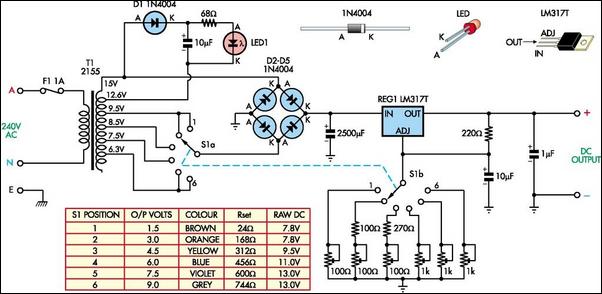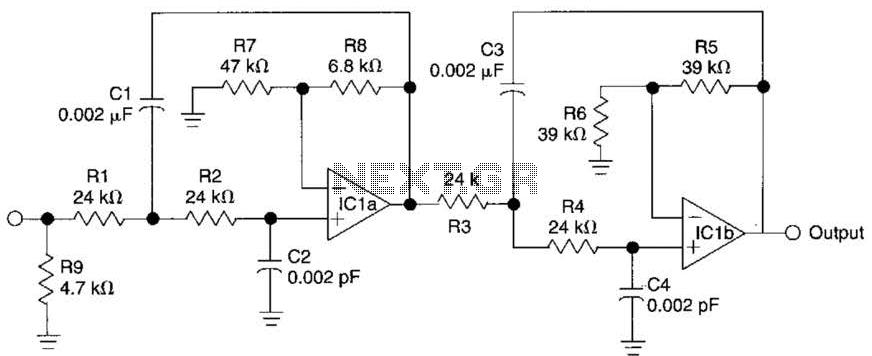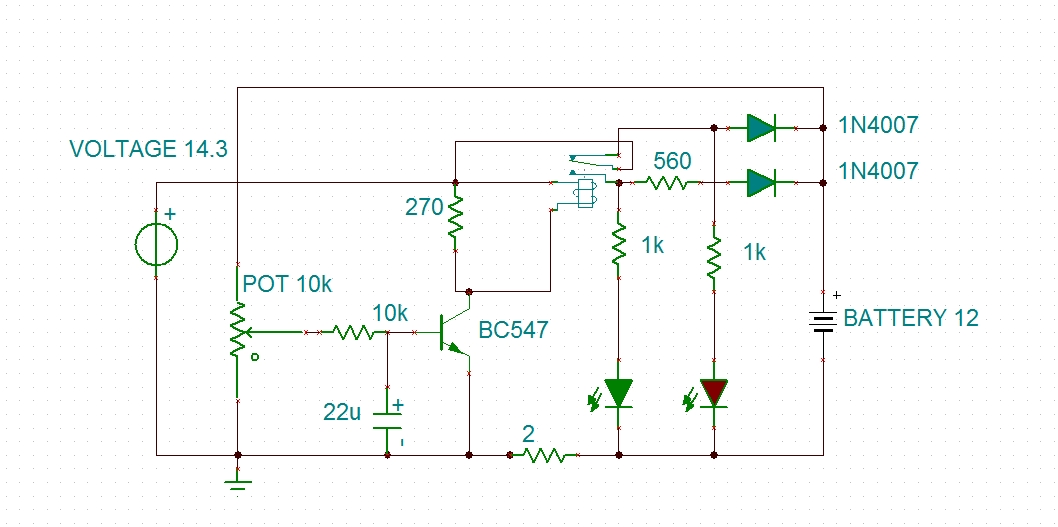
Three phase torque motor speed control circuit
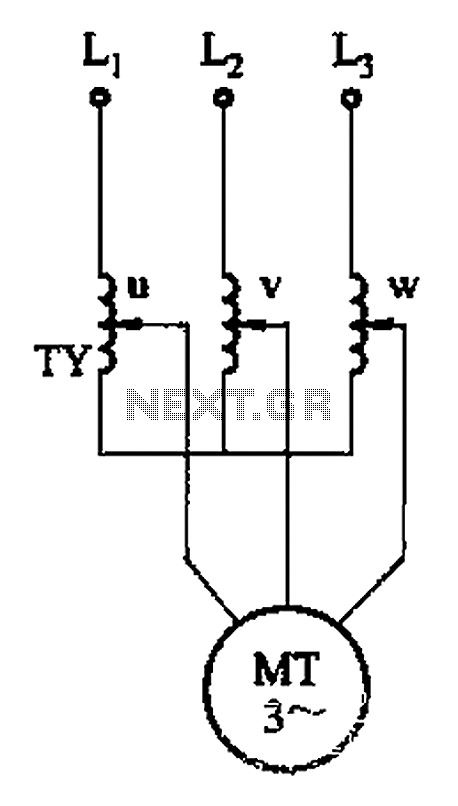
The circuit depicted in Figure 3-176 illustrates an adjustment method that allows the motor to operate at equilibrium. The adjustment range is relatively wide; however, it necessitates a three-phase voltage regulator, which incurs higher input costs.
The circuit design in Figure 3-176 focuses on achieving stable motor operation through effective voltage regulation. The use of a three-phase voltage regulator is critical for maintaining consistent voltage levels across the motor phases, which ensures that the motor runs smoothly and efficiently. This regulator compensates for fluctuations in input voltage and load conditions, allowing the motor to reach and maintain its equilibrium state.
The adjustment range of the circuit is a significant advantage, as it enables flexibility in operation. This feature is particularly beneficial in applications where varying load conditions are expected, as it allows for optimal performance across a broader spectrum of operational scenarios. However, the requirement for a three-phase voltage regulator implies an increase in complexity and cost. This component must be carefully selected and integrated into the circuit to ensure it can handle the power levels and operational demands of the motor.
In summary, the circuit in Figure 3-176 provides an effective solution for motor control with a wide adjustment range, though it does come with the trade-off of higher costs associated with the necessary three-phase voltage regulation. Proper design considerations must be taken into account to optimize performance while managing the associated costs. Circuit shown in Figure 3-176. This adjustment method, the motor can run at equilibrium, adjustment range and relatively wide. But requires a three-phase voltage regulator, hig her input costs.
The circuit design in Figure 3-176 focuses on achieving stable motor operation through effective voltage regulation. The use of a three-phase voltage regulator is critical for maintaining consistent voltage levels across the motor phases, which ensures that the motor runs smoothly and efficiently. This regulator compensates for fluctuations in input voltage and load conditions, allowing the motor to reach and maintain its equilibrium state.
The adjustment range of the circuit is a significant advantage, as it enables flexibility in operation. This feature is particularly beneficial in applications where varying load conditions are expected, as it allows for optimal performance across a broader spectrum of operational scenarios. However, the requirement for a three-phase voltage regulator implies an increase in complexity and cost. This component must be carefully selected and integrated into the circuit to ensure it can handle the power levels and operational demands of the motor.
In summary, the circuit in Figure 3-176 provides an effective solution for motor control with a wide adjustment range, though it does come with the trade-off of higher costs associated with the necessary three-phase voltage regulation. Proper design considerations must be taken into account to optimize performance while managing the associated costs. Circuit shown in Figure 3-176. This adjustment method, the motor can run at equilibrium, adjustment range and relatively wide. But requires a three-phase voltage regulator, hig her input costs.
Warning: include(partials/cookie-banner.php): Failed to open stream: Permission denied in /var/www/html/nextgr/view-circuit.php on line 713
Warning: include(): Failed opening 'partials/cookie-banner.php' for inclusion (include_path='.:/usr/share/php') in /var/www/html/nextgr/view-circuit.php on line 713
